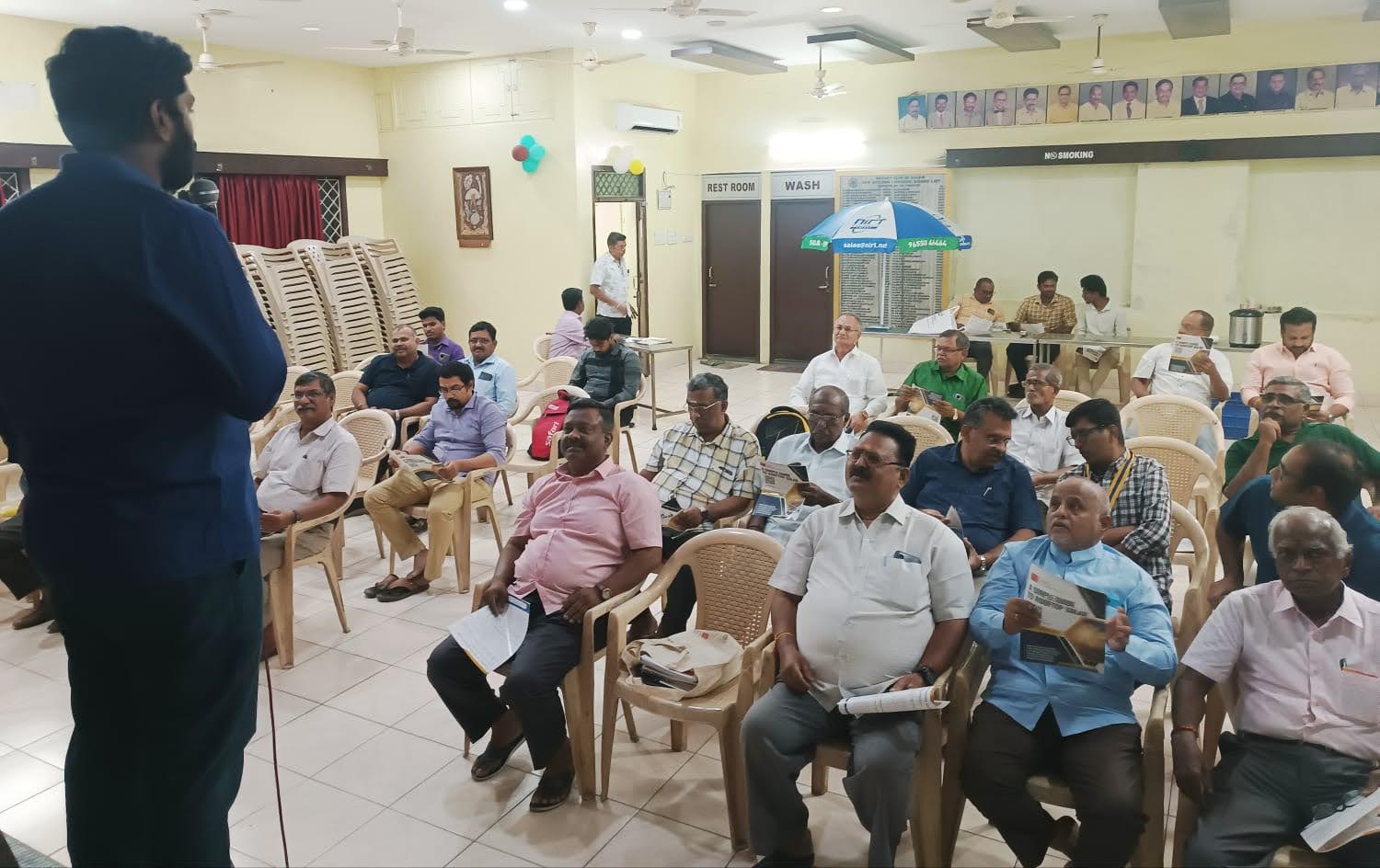Listening workshop | RWA 12 | Surinova office, Ekkatuthangal
Rooftop Solar Awareness Workshop - Surinova
Citizen consumer and civic Action Group (CAG), in collaboration with Surinova, organised a Rooftop Solar awareness workshop on Thursday , October 30, 2025, at the Surinova office, Ekkatuthangal, Chennai The event took place from 4:00 PM to 5:00 PM, and was attended by employees of Surinova
Workshop Overview
